Known as being the second stage during the production of steel, steel billets are hot rolled and then used for further stages of metal casting. They are very soft and ductile, and steel bars or other products are then made by using the steel billets in various hot rolling or cold drawing applications.
They are created during extrusion or continuous casting processes and even by simply rolling ingot. They can be formed into a wide array of shapes, particularly square, rectangular and circular. They are most often used for the production of steel rods and bars, wire and hollow sections and plates.
Steel billets are not the same as steel bars and are “semi finished” casting products. It is billets that will used to create bars, pipes and all the rest.
Standards for billets vary, and each must feature the chemical composition necessary for producing the desired product.
Regardless of the standards it must meet, any billet is going to be readily identifiable via the coding stamped along its run. This will always include:
- Heat number: This is stamped into the metal at the far end
- Color code: This will indicate the class or grade and must be painted at the end
All billets must be guaranteed to be free of longitudinal and transverse cracks, jointing, scum, scab, shrinkage cavities and any other indications of surface and internal unsoundness that may adversely affect final product.
Other physical parameters that any billet may need to meet includes:
- Lengths: 120 × 120 × 12,000 mm.; 130 × 130 × 12,000 mm.; OR 125 × 125 × 12,000 mm.
- Cast round billets can be found in an array of sizes that are often described in inches or fractions of inches, including unusual dimensions such as 6 3/16 to 20 1/8
- Section: 150 x 150mm2 or 130 x 130mm2
- Rhombodity: 5% maximum
- Straightness: camber 5mm/meter
- Bend: Not more than 5mm in 1 meter; Not more than 30mm in 6 meter; OR Not more than 60mm in 12 meter
- Twist: Not more than 1º / meter and meter and not more than 6º over 12 meter length.
- Cutting should be precise and guaranteed accurate.



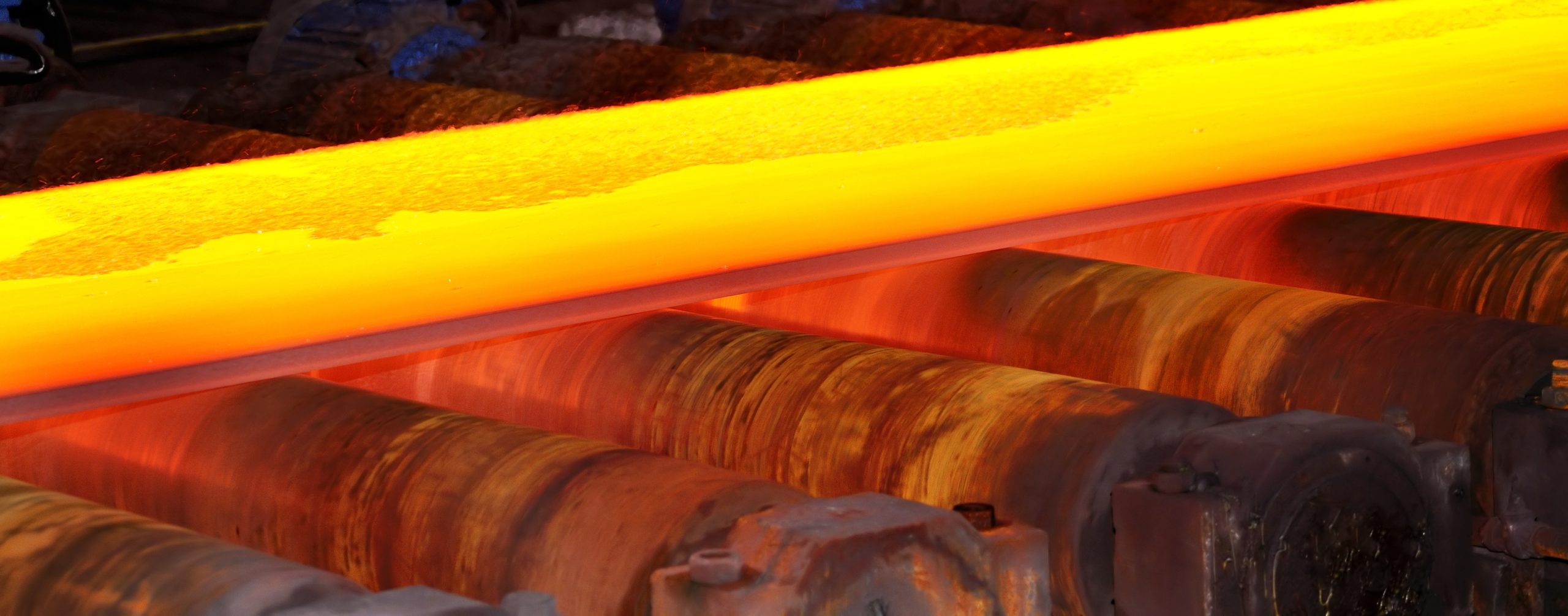
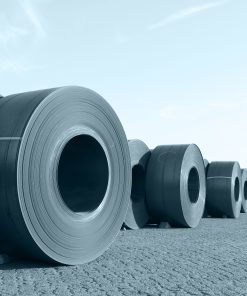
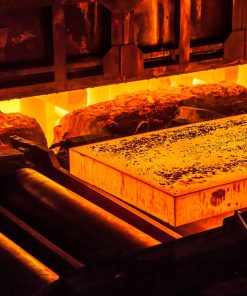
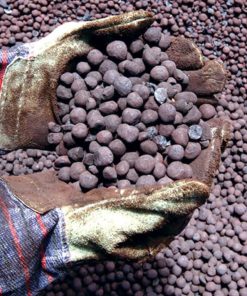
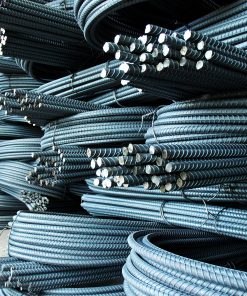
نقد و بررسیها
هنوز بررسیای ثبت نشده است.